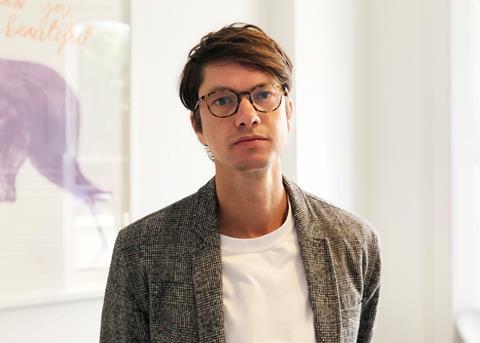Adam Strudwick on why we need a radical rethink in how we conceptualise sustainability

Slowly but surely, the construction industry is waking up to the reality that we’ve been painting over the cracks in our sustainability drive with empty promises. Demand for certified-sustainable buildings continues to grow, as the Overton window slides towards rigorous, evidence-based discourse that calls out greenwashing for what it is — a damaging barrier to progress.
Despite these small green revolutions, you only need to walk through the City of London and observe the brightly lit empty offices at 3pm on a Friday afternoon to see we are still a long way off our sustainable goals.
It seems that our fixation on Science Based Targets and environmental badges of honour —BREEAM, LEED, Zero Energy Certification, you name it — although well intentioned, is distracting us from the bigger picture. While drilling down into the detailed, box-ticking exercises required to achieve these credentials, we are ignoring a key part of the sustainable building picture: human experience, and levels of use.
A good example of this has been the UK launch of energy performance rating tool NABERS: a welcome, positive development in supporting landlords and developers to target reductions in energy consumption, but one that we have found can put additional pressure on how occupiers are able to classify spaces and use their buildings.
In the context of workplace projects, we’ve seen how — near domestic-level — restrictions on energy usage mean that designers are unable to specify catering facilities, meeting room screens, or enough desktop amenities for their teams to do their jobs, reaching a point where green credentials are being pursued at the cost of functionality. If as a result, we’re bringing spaces to market that people won’t want to use, then we are knowingly undermining the sustainability of our ‘greenest’ buildings before they’re even built.
Joint research by Knight Frank and BRE shows that of the 4,500+ offices leased in central London between 2020 and 2023, the proportion of those within BREEAM ‘Excellent’ and ‘Outstanding’ rated buildings has risen from 28% to 42%. And yet, with average office occupancy levels across London and the UK still sitting at around 35% - according to Remit Consulting’s latest ReTurn Report – the net sustainability of these certified-green spaces remains debatable.
It is surely common sense at this point, but it still needs to be said loud and clear: we need spaces that are as full of life as they are sustainable
We must confront a reality that is often ignored: the most sustainable building is not simply the one with the greenest credentials, but the one that’s bustling with activity. Why applaud a building that’s used only 40% of the time just because it meets high environmental standards? From both an embodied carbon and operational energy perspective, this is a colossal waste of resources. We’d be better off with a building that’s less ‘green’, but actively used every day of the week.
Where is the accreditation for actually using the spaces that we are spending resources and energy creating? Where is the guidance that drives home the importance of the crucial, but basic concept of designing for buildings that will be cherished and well-used, and their potential maximised? Several data sets have been published in recent years that show the shocking scale of unoccupied buildings across the UK – another important discussion – but few have sought to look behind the facades of our greenest buildings and expose the extent to which they are underutilised.
Viewed through a holistic lens, the most ‘efficient’ buildings are those that invite people to use them fully and often because they are truly a joy to spend time in. They minimise environmental impact, while maximising human experience and engagement.
Following the Dieter Rams ‘less but better’ approach: if we are to honour every inch of the carbon and resources already spent, then we must ensure that the same effort, investment, and legislation already dedicated to green certifications, is also put into enlivening the spaces we already have and then thoughtfully curating those we are designing.
I urge everyone in our industry to combat the embarrassing profligacy in the built environment. We need to be scrutinising not just the blueprints, the EUIs, and the credentials of the spaces we’re building, but also the potential for lived experiences within them. We must prioritise a blend of functionality, comfort, technology, amenities, and accessibility, right alongside our energy and carbon-saving targets. It is surely common sense at this point, but it still needs to be said loud and clear: we need spaces that are as full of life as they are sustainable.
Amongst the many formulae paraded as panaceas to certify sustainability, there is another that needs our attention. Real Sustainability = Design x Use x Experience.
>> Also read: Regenerative design and the problem with sustainability jargon
Postscript
Adam is a principal within Perkins & Will’s London studio. A senior leader of the interiors team, Adam champions design that adopts circular and sustainable principals.
















No comments yet